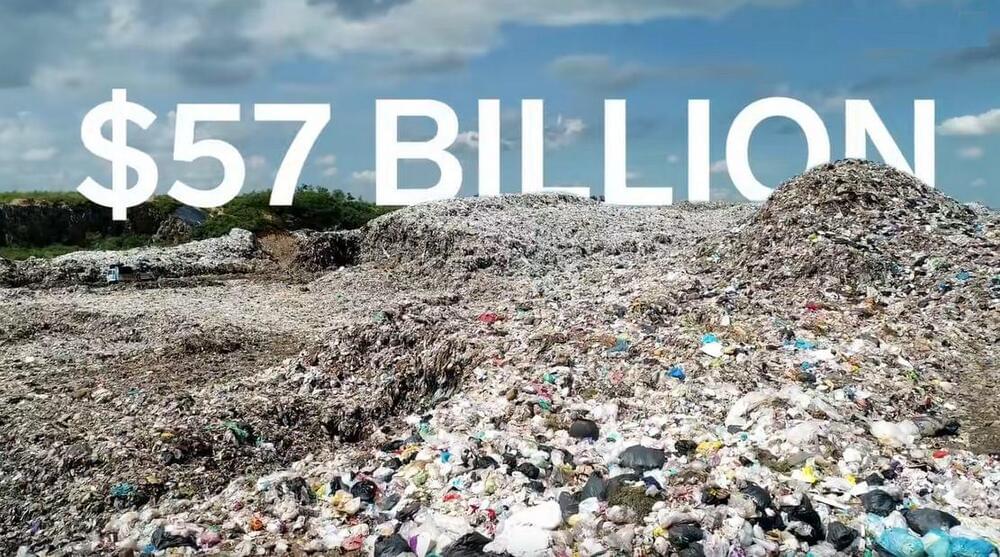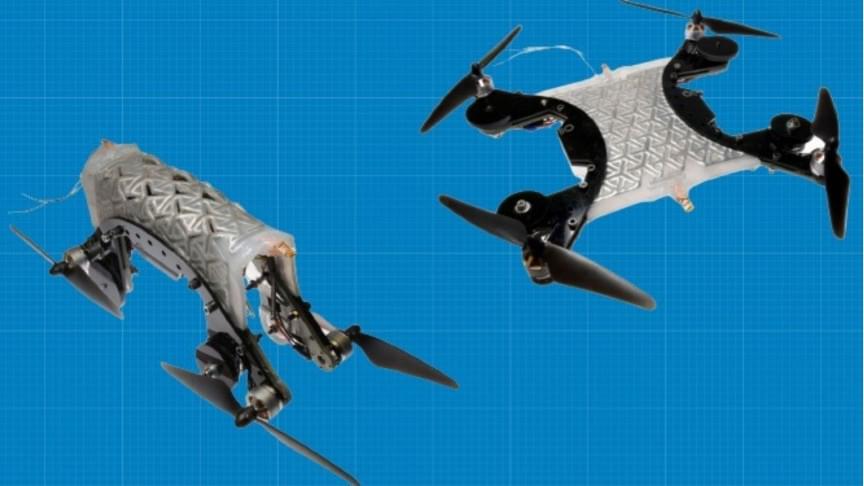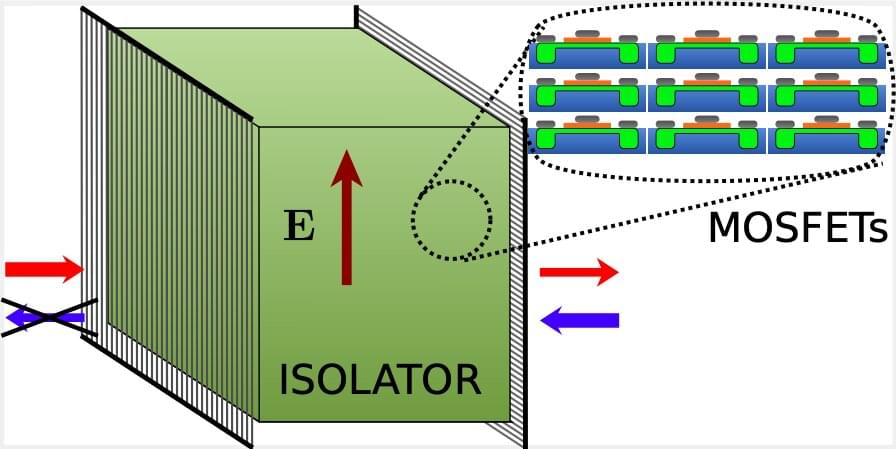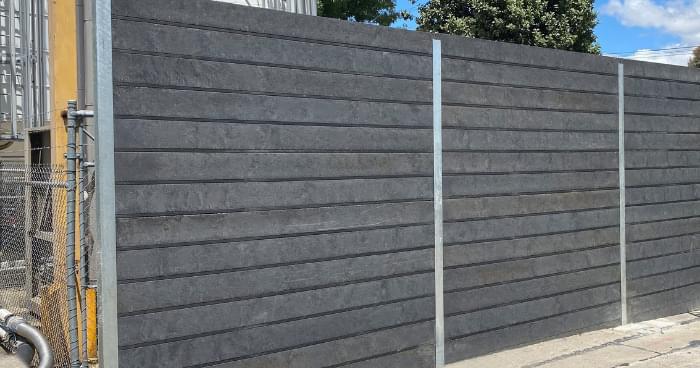Feb 12, 2022
SSD prices could spike after Western Digital loses 6.5 billion gigabytes of NAND chips
Posted by Genevieve Klien in categories: computing, materials
The production issues could impact SSD pricing.
Western Digital says it has lost at least 6.5 exabytes (6.5 billion gigabytes) of flash storage due to contamination issues at its NAND production facilities. The contamination could see the price of NAND — the main component of SSDs — spike up to 10 percent, according to market research firm TrendForce. Any potential NAND shortages or price fluctuations could affect the PC market over the next few months, which had another big year in 2021 despite global chip shortages and demand for GPUs.
The contamination of materials used in the manufacturing processes appears to have been detected in late January at two plants in Japan, with Western Digital’s joint venture partner, Kioxia (previously Toshiba), revealing it has affected BiCS 3D NAND flash memory.

















